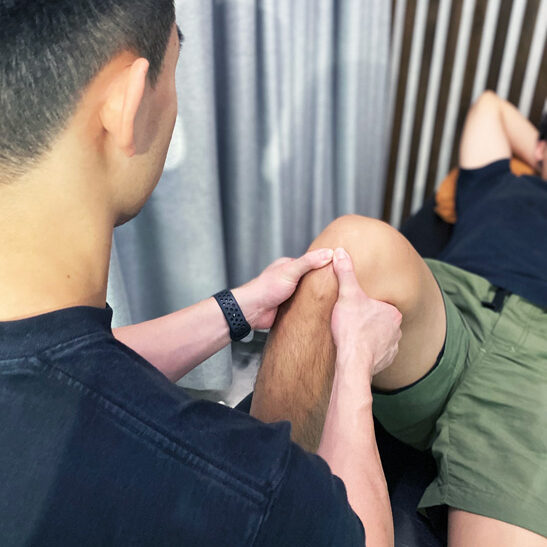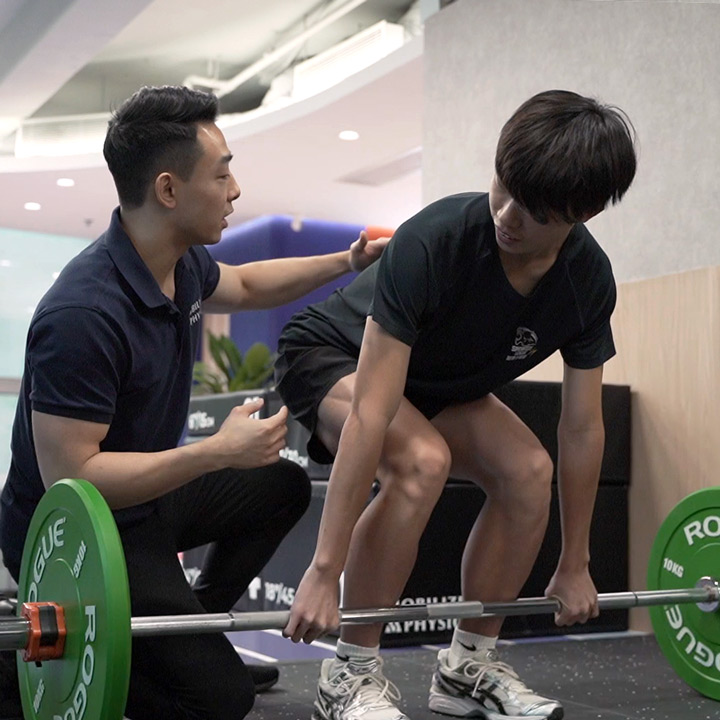Common Conditions
Iliotibial Band (ITB) Syndrome
Symptoms, Common Causes and Treatments
What is Iliotibial Band (ITB) Syndrome?
Iliotibial Band (ITB) Syndrome describes a pain on the anterolateral aspect of the knee, which is very common among long distance runners and hikers.
What is the Iliotibial Band?
The Iliotibial band is a broad band of fibrous tissue located on the lateral side of the thigh, extending from the pelvis to the lateral knee, which is mainly used for energy storage and release during exercise. The ITB is connected to the Tensor fascia lata (TFL) and Gluteus maximus muscles. When the knee is repetitively moving back and forth in about 30 degrees of flexion under load, there could be excessive pressure built up on the lateral knee near the ITB attachment, causing pain and discomfort.
Symptoms of ITB Syndrome
Localised pain on the anterolateral side of the knee
Increased pain when landing, going downstairs, or running downhill
Gradual onset of pain


